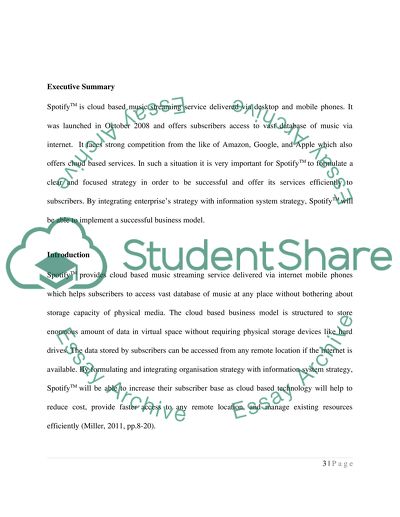Cite this document
(“Spotify Essay Example | Topics and Well Written Essays - 2000 words”, n.d.)
Retrieved de https://studentshare.org/e-commerce/1471167-spotify
Retrieved de https://studentshare.org/e-commerce/1471167-spotify
(Spotify Essay Example | Topics and Well Written Essays - 2000 Words)
https://studentshare.org/e-commerce/1471167-spotify.
https://studentshare.org/e-commerce/1471167-spotify.
“Spotify Essay Example | Topics and Well Written Essays - 2000 Words”, n.d. https://studentshare.org/e-commerce/1471167-spotify.


